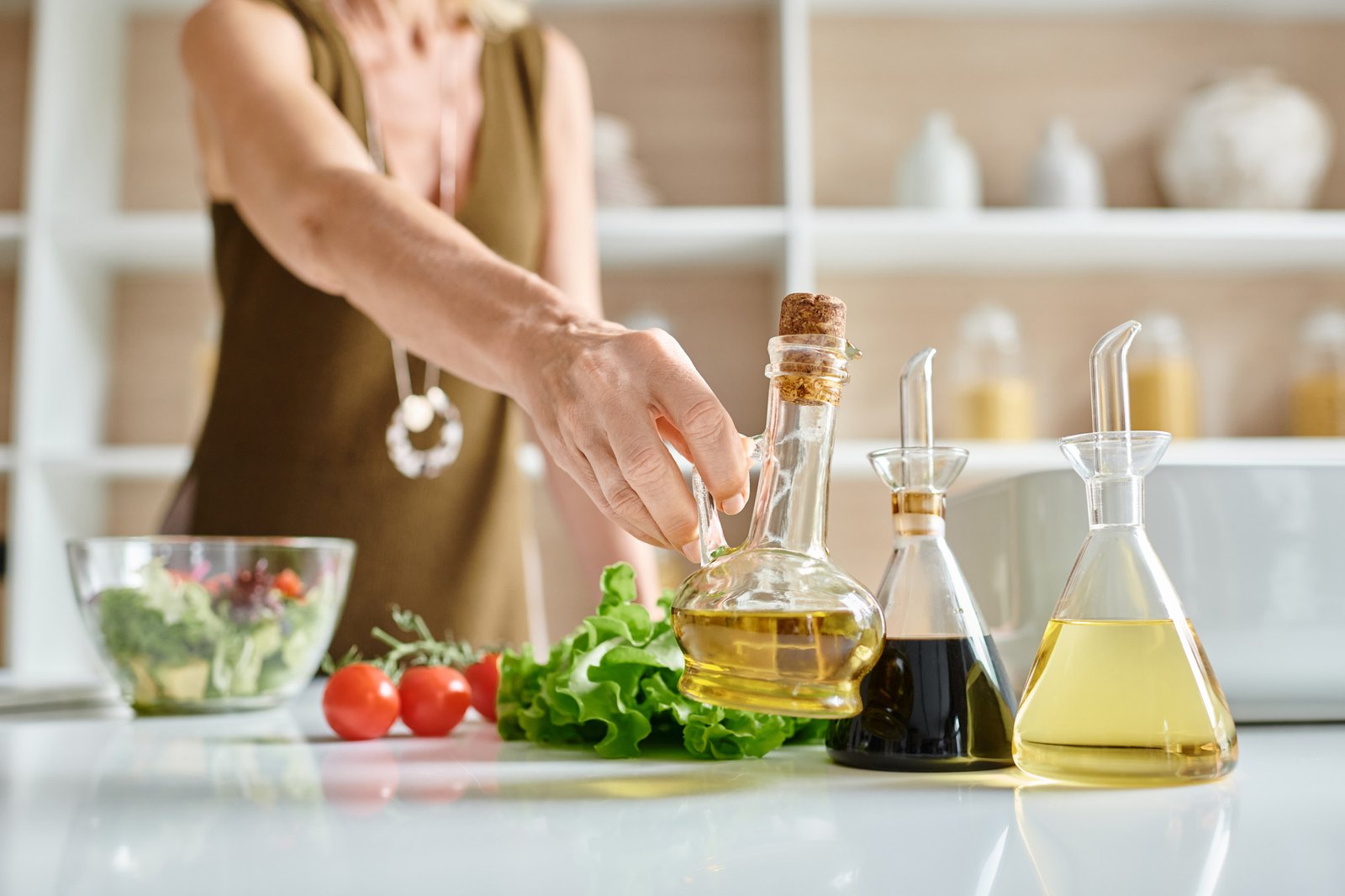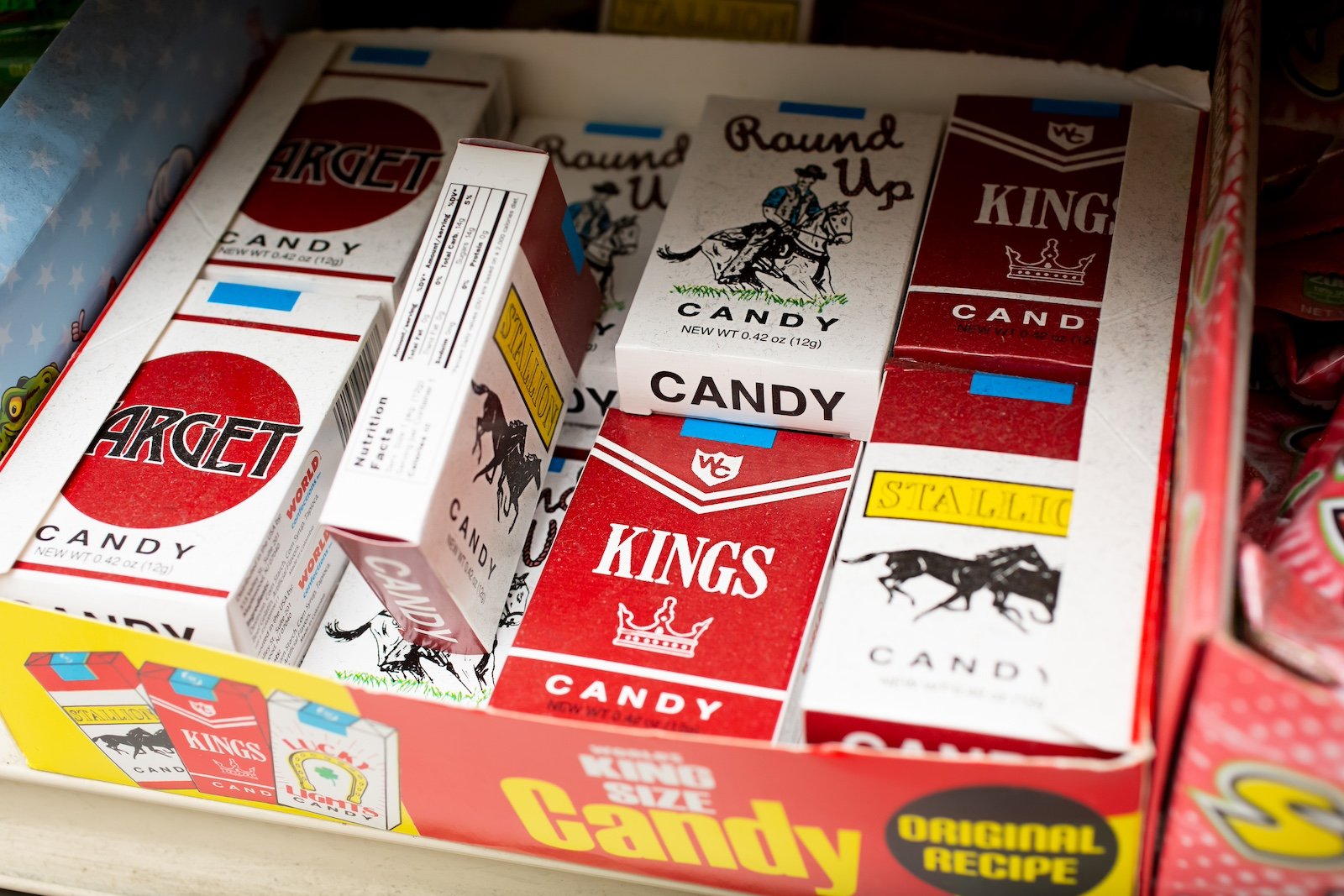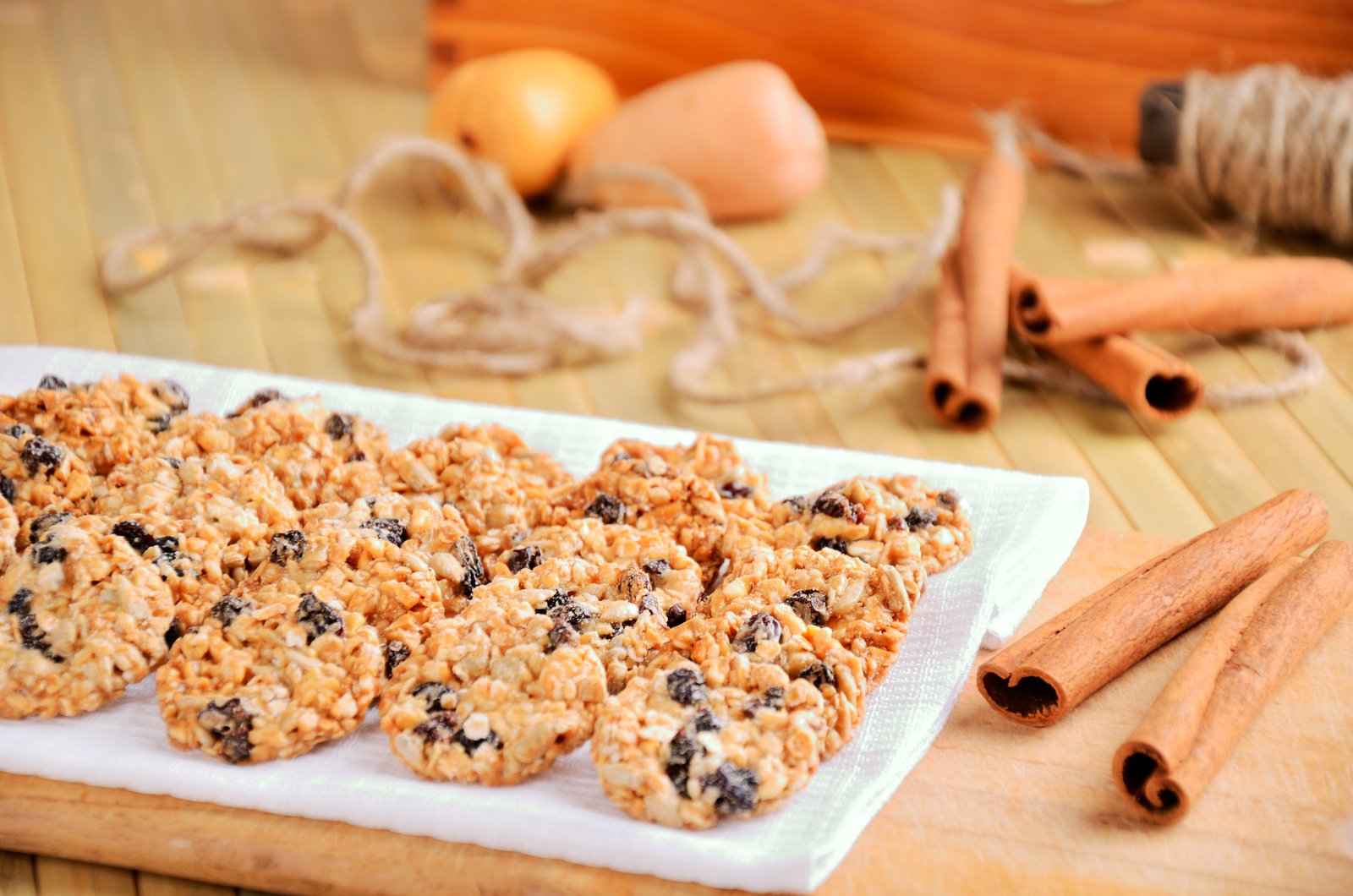While many Americans read nutrition labels before making food-buying decisions, they don’t seem to give equal importance to the ingredients used in most food items. There has been a concerning rise in the increased usage of additives, coloring agents, etc., in processed foods, frozen items, sodas, etc., typically banned or restricted by other countries for potential health risks.
Let’s explore 12 ingredients commonly used in most consumer items in America but banned in other parts of the world.
BHA and BHT

BHA and BHT are food additives used in processed foods to keep their fat content fresher for longer. They are used in numerous dehydrated foods, preserved meats, desserts, baked goods, etc. However, they are banned in the European Union due to potential health challenges. Consuming excess food items laced with BHA and BHT can lead to numerous health challenges, such as cancer, developmental toxicity, endocrine disruption, skin irritation, organ toxicity, etc.
Potassium Bromate

Potassium Bromate is a chemical additive used extensively in the American food industry to strengthen the dough and improve the texture of baked items. While not all baked items have potassium bromate, mass-produced pastries, crackers, bagels, pizza crusts, tortillas, bread, waffle cones, etc., typically have them. While research is underway to determine the exact amount of Potassium Bromate that can be considered harmful, a lab study reveals that it can convert to oxides and free radicals in the body, damaging DNA and chromosomes.
Azodicarbonamide (ADA)

Azodicarbonamide (ADA) is a chemical substance used as a dough conditioner and whitening agent in cereal flour in the American baking sector. It is banned in Australia and Europe because it creates semicarbazide (SEM) and urethane upon decomposing in dough. This compound is categorized as a health hazard that can potentially cause allergy, asthma, and other respiratory challenges.
Artificial Food Dyes

Artificial food dyes are commonly used to enhance the appeal of certain food items. While not all synthetic food dyes are harmful, certain dyes like the Red No.3 have sparked concerns among American consumers. Red No. 3 is commonly used in colored beverages, soft candies and gummies, ice pops, candy corns, etc., to add a vibrant color to the items. California has recently banned this artificial food dye because of the potential health concerns. It has pressured the FDA to review its usage in other American states. According to studies, this dye can cause hyperactivity in children.
Olestra

It is a widely used fat substitute made of vegetable oil and sucrose that adds no metabolizable calories to otherwise high-fat food items, such as potato chips, corn chips, cheese curls, tortilla chips, crackers, etc. Despite being banned by Canada and European countries for its potential health damages, Olestra is used in the U.S. A report highlights that consuming Olestra can cause loose stools, diarrhea, flatulence, abdominal cramps, and numerous other gastrointestinal diseases.
High-Fructose Corn Syrup (HFCS)

Many processed food manufacturers in the U.S. use HFCS as an alternative to sugar because it is economically viable. This sweetener is used in numerous food items, such as candies, pre-packaged cookies, sodas, sauces, ice creams, fruit preserves, etc. While this ingredient is abundantly used in many food items sold across America, European countries use it in restricted quantities. Experts believe that consuming excessive amounts of this sweetener can lead to numerous health challenges, such as diabetes, obesity, non-alcoholic fatty liver disease, insulin resistance, etc.
Brominated Vegetable Oil (BVO)

Brominated vegetable oil refers to vegetable oil modified with bromine. It was primarily used to suspend citrus flavorings into juice drinks and sodas, preventing the flavoring from separating during shipping and storage. Excessive consumption of items laced with BVO can lead to bromine toxicity in the body, damaging the central nervous system. BVO was also associated with nausea, memory loss, headaches, loss of coordination, etc. Given the associated health risks, the FDA finally banned its usage in July 2024.
Titanium Dioxide

Titanium Dioxide is an FDA-approved color additive used extensively in bakery products, coffee creamers, and candies. It’s a fine, white powder that gives items a bright, white pigment. While the U.S. continues to use it as a food additive, the European Union banned it in 2022 because of concerns that it could be linked to DNA or chromosomal damage.
Sodium Nitrate

Sodium Nitrate is a commonly used additive in packaged food items to preserve their freshness, taste, and shelf life. These additives are abundantly found in cured meat products, such as deli meat, bacon, jerky, hot dogs, salami, etc. While consuming it in limited quantities doesn’t affect human health, excessive consumption can result in health hazards, such as kidney abnormalities, gastroenteritis, dizziness, vomiting, mental impairment, convulsions, etc.
Propylparaben

Propylparaben is a preservative used to increase the shelf life of most food items by preventing bacteria and mold growth. It is used in numerous American food items, such as baked desserts, cake icings, corn tortillas, jams, syrups, pickles, etc. While the FDA has approved its usage within permissible quantities, studies show that this paraben is associated with obesity, high blood sugar, high cholesterol, etc.
Neotame

Neotame is an all-purpose sweetener that enhances the original food flavors. While it can be used as the sole sweetener in food items, it is often mixed with other sweeteners to improve the taste further. It is primarily used in beverages, frozen desserts, baked goods, chewing gums, candies, dairy products, puddings, etc. Neotame is deemed dangerous by some researchers because it has the potential to damage the human intestine and cause illness, yet it is used throughout the U.S.
Sodium Aluminum Phosphate

Sodium Aluminum Phosphate is an FDA-approved food additive and leavening agent used in industrial baking. It helps the dough rise while baking, making the baked goods look visually tempting. This ingredient is used actively throughout the U.S. to mass-produce muffins, cookies, waffles, crackers, biscuit mixes, self-rising flours, etc. While consuming Sodium Aluminum Phosphate in small quantities isn’t harmful, excessive consumption can lead to bone problems, anemia, constipation, chronic aluminum toxicity, etc.


